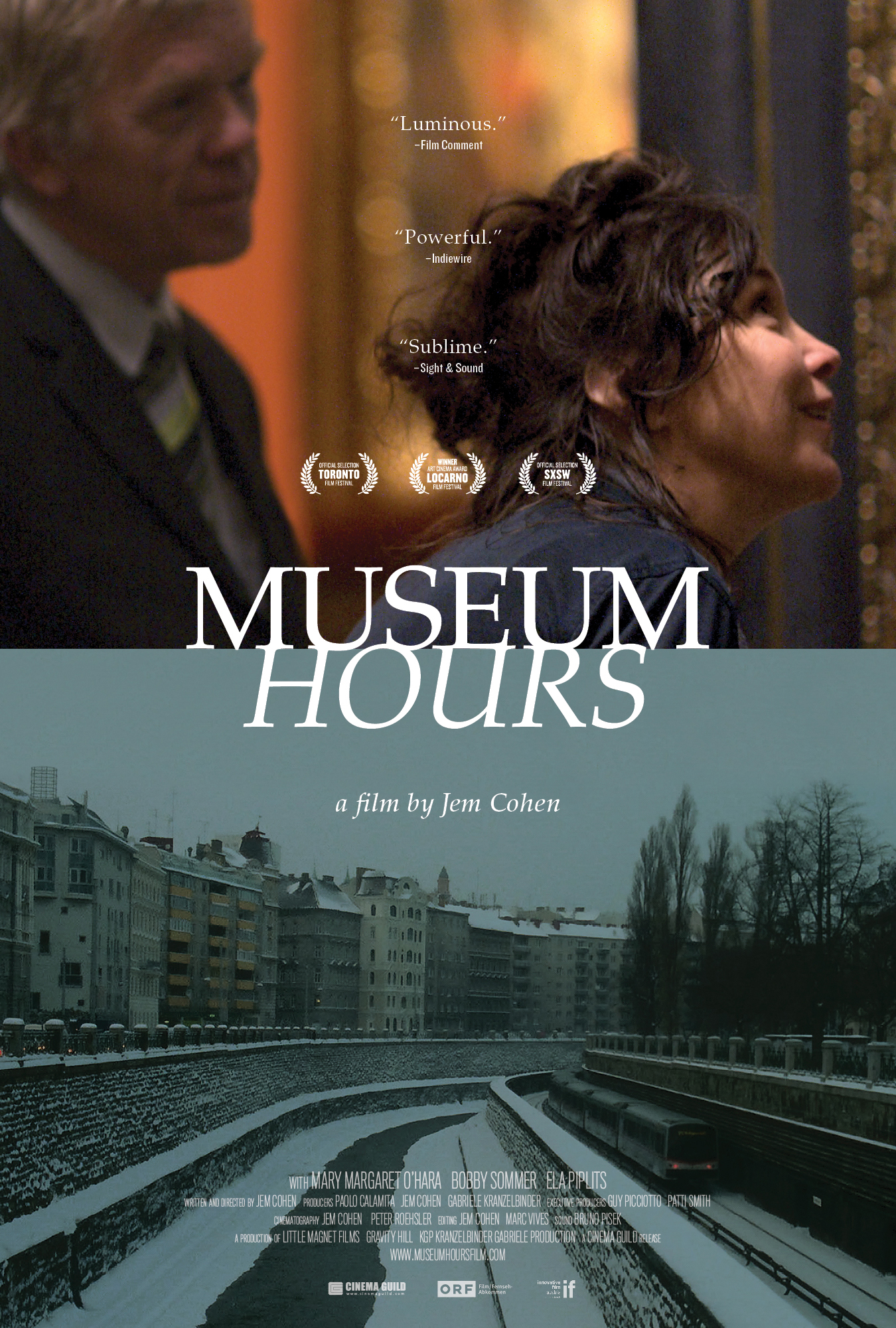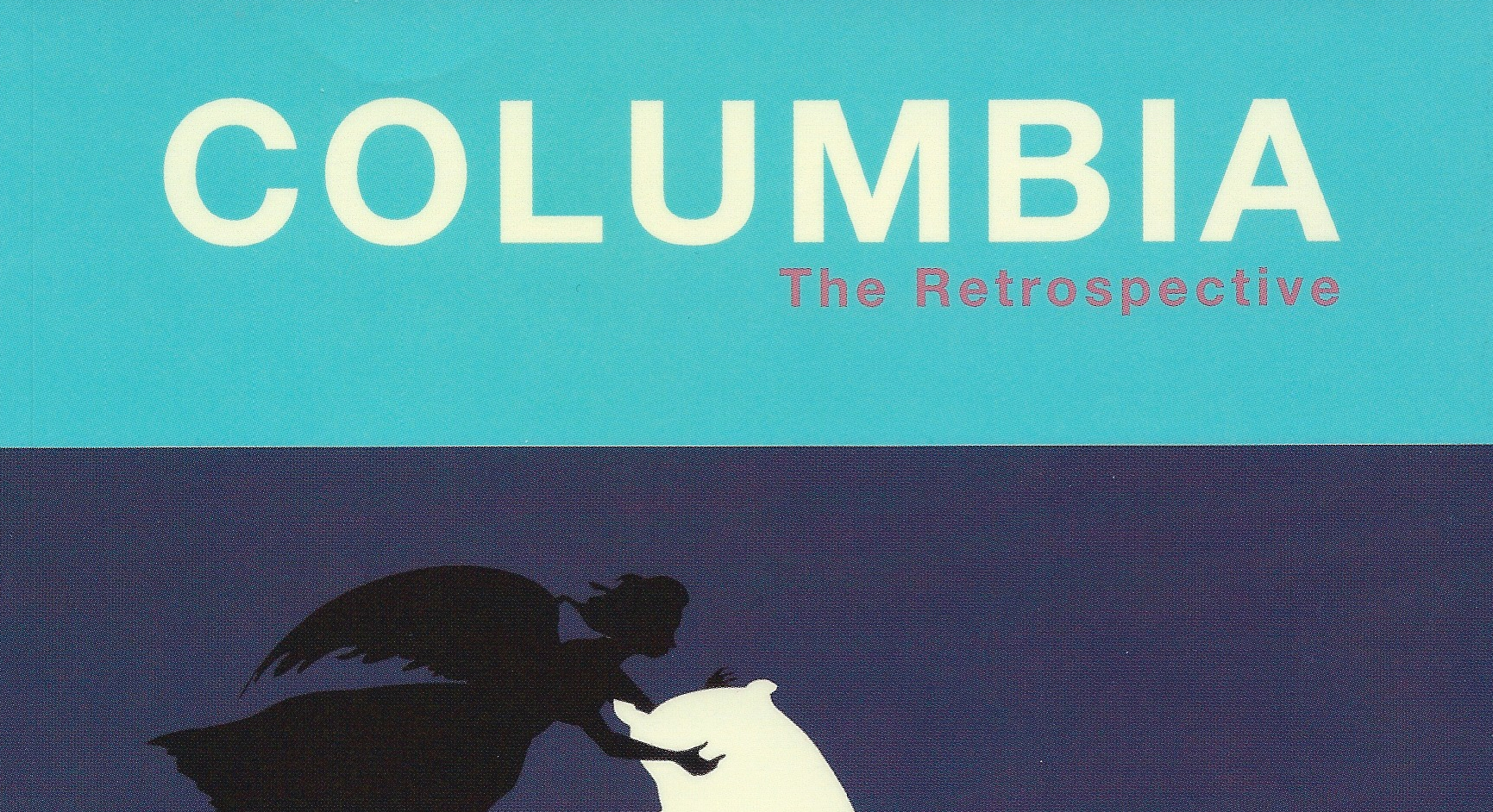Review by Laura Romeyn
—
Balthus: Cats and Girls—Paintings and Provocations
The Metropolitan Museum of Art—through January 12, 2014
Nestled in an upstairs corner of the Metropolitan Museum of Art, “Cats and Girls—Paintings and Provocations,” awaits you and your voyeuristic lens (except you can’t take pictures). This exhibition, curated by Balthus scholar Sabine Rewald, spans the years 1935-1959 and features several of the artist’s favorite young models. “Cats and Girls” is in no way a retrospective, but instead a study of two of Balthus’s obsessions combined into a single show.
Long familiar with Balthus’s work, I was intrigued by the show’s subtitle announcing “provocations.” This declaration does strike me as apt—viewers must contend with the fact that a grown man has painted erotically-charged renderings of several nymphets. However, I do think it’s misguided to approach this exhibition by viewing the subjects as modern “sex-kittens” alone or by condemning Balthus as indulging in his personal perversions, as many reviewers have accused him of doing. Voyeuristic certainly, but this exhibition reveals nothing blatantly pornographic.
However, The Met, not indiscreetly, has placed a plaque before the first room of the show stating, “Some of the paintings in this exhibition may be disturbing to some visitors.” I take issue with this notice only because our culture often ignores the fact that adolescent girls are, in fact, sexually aware. By prefacing the exhibition with such a statement, Rewald mentally prepares visitors for a potentially suggestive experience without allowing them to spontaneously examine the uneasiness they may face.
After experiencing the exhibition as a whole, I found myself returning to the first room which features paintings depicting Thérèse Blanchard, Balthus’s young model who exudes a persona all parts tough, self-aware and alluring. There is an unsettling tension that exists between the physically-obvious distinctions of childhood and adulthood; Therese’s posturing alludes to this, most clearly in “Thérèse Dreaming.” Despite baring her undergarments as she splays one leg on top of the chair and one to the side of her chair, Thérèse’s expression is impervious; she is wearied by her adolescent life-as-is, and her neck and face are completely turned away from viewers. Her body language suggests that she is both definitively avoiding the gaze yet simultaneously vulnerable in that she exposes herself in a position that’s overtly sexual. In addition, one has to wonder about the cat lapping milk at her feet, since the exhibition’s didactic materials indicate that cats in Balthus’s paintings are often self-portraits. What is a possible representation of Balthus himself doing in this scene? Is it his “wanting” presence exploiting Thérèse’s personal moment, or is this merely his manner of identifying with an individual in an in-between space?
The biggest treat of the entire show is a gallery dedicated to a group of expressive black and white ink drawings that Balthus made when he was only eleven years old. These drawings span the time he spent with a stray cat called Mitsou who went missing after Balthus adopted him as his own. Balthus’s work from this period was collected and made into a book called Mitsou with a preface by the German poet Rainer Maria Rilke, his mother’s lover. I’m unsure how to connect this series of drawings by the young Balthus with his collection of paintings of the young girl-woman Thérèse, but I wonder if he has always been intrigued by ‘strays’ of sorts—his love for the stray cat Mitsou as comparable to his paintings of adolescent ‘stray females’ balanced between childhood and adulthood.
Whether or not Balthus’s subject material intrigues or disturbs you, no one can argue that his images aren’t nuanced in their painterly qualities, or that the touch of light, the subtlety in expression, aren’t masterfully executed. In fact, the show is worth seeing if only to examine these techniques.
As a final note, I would have liked to see a mention somewhere within the exhibition emphasizing that none of the models nor their families ever accused Balthus of misdemeanor or improper action while painting their daughters. We owe it to Balthus to carefully consider our discomfort or pleasure when viewing his paintings, no matter how we ultimately qualify and interpret them.
—
Laura Romeyn is a second year poet in the MFA program at Columbia University. She freelances as an art critic and is the Poetry Editor of Columbia: A Journal of Literature and Art.






